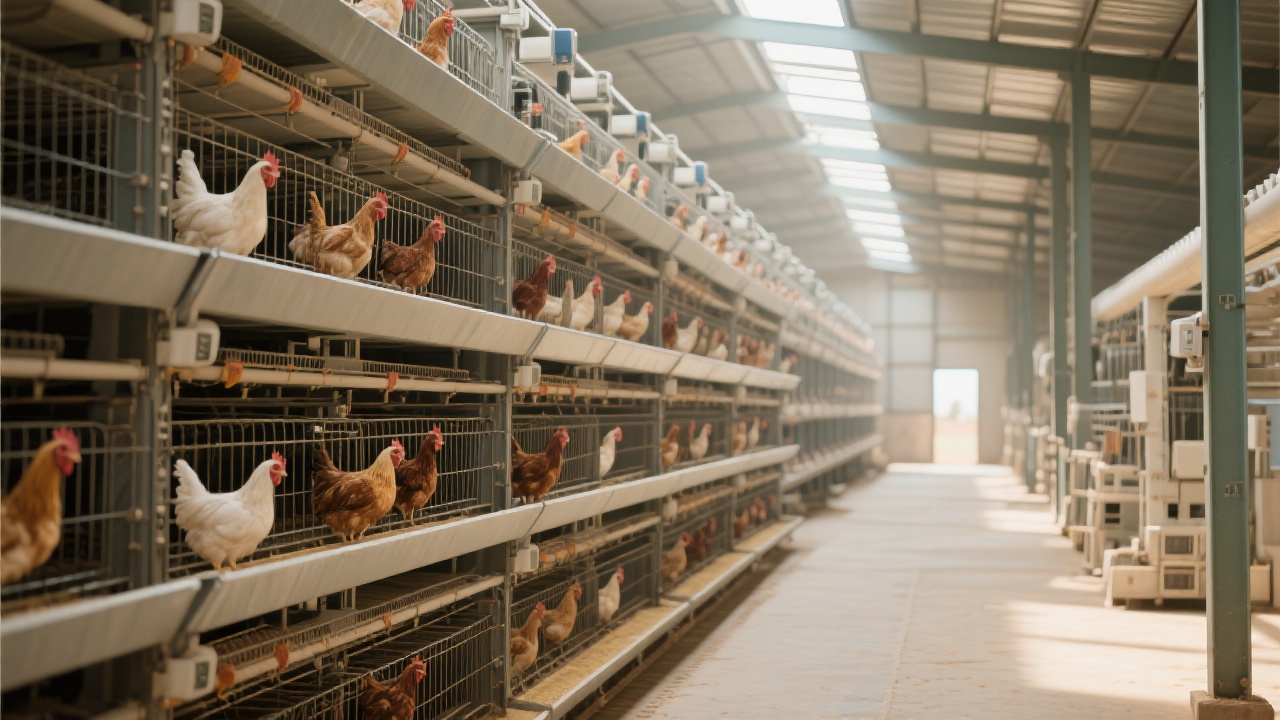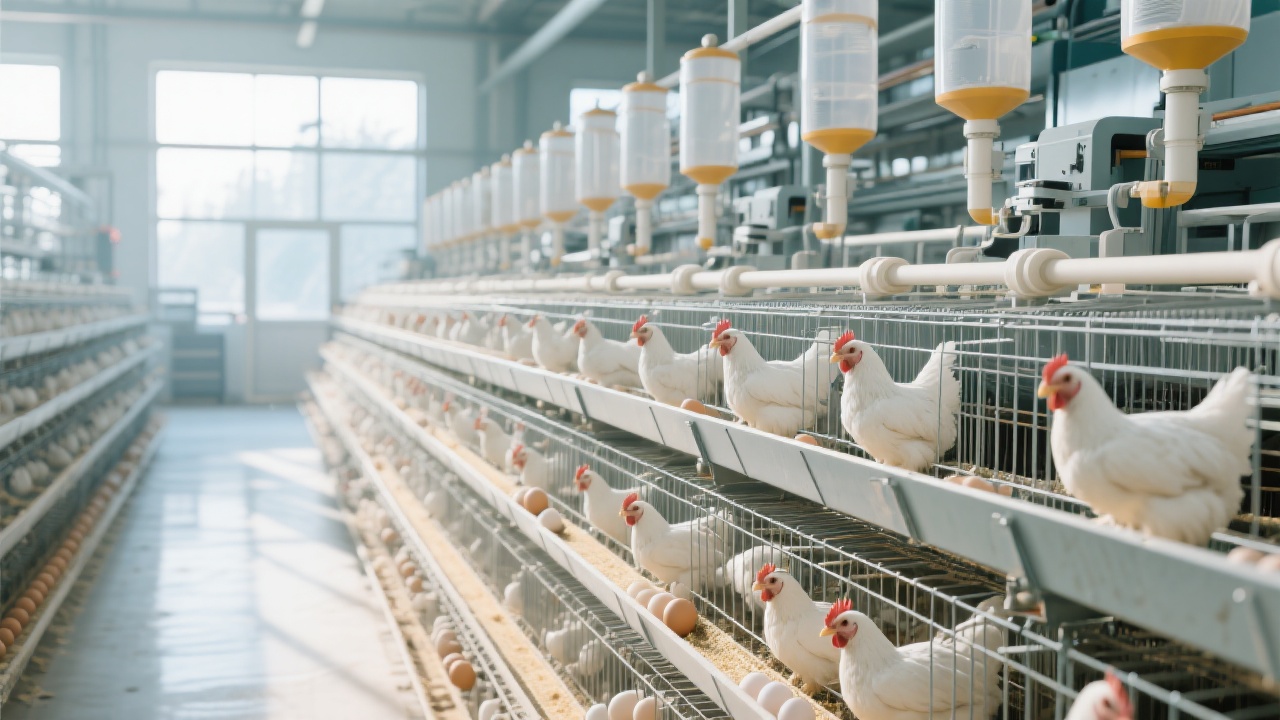
In the poultry industry, especially for layer farms, poor ventilation isn't just a comfort issue—it's a productivity killer. According to a 2023 study by the World Poultry Association, farms with inadequate airflow report up to 18% lower egg production and 3x higher mortality rates during summer months due to heat stress and ammonia buildup.
Many farmers overlook how air movement directly impacts bird health. In high-humidity environments (like those common in Southeast Asia or humid U.S. states), stagnant air leads to:
These aren’t theoretical risks—they’re daily realities on farms using outdated cage designs or poorly placed fans.
Effective ventilation relies on two forces:
But here’s where many setups fail: airflow dead zones form when cage design blocks natural flow or fan placement doesn’t align with airflow paths. This is why some farms still see wet litter and elevated ammonia even after installing new fans.

Based on field tests across 12 farms in China, India, and Brazil, we’ve identified three key optimizations:
| Optimization Step | Expected Impact |
|---|---|
| Install adjustable exhaust fans at ceiling level (not wall-mounted) | Reduces hot air pockets by 40% |
| Reposition cages to allow unobstructed airflow between rows | Improves oxygen distribution by 35% |
| Use smart sensors (e.g., temperature + NH₃ monitoring) to trigger automatic adjustments | Cuts manual checks by 70%, prevents overuse of energy |
One client in Zhengzhou, China—a 5,000-bird farm—saw their monthly egg yield increase from 4,200 to 4,800 eggs within 6 weeks after implementing these changes alongside our H-type multi-tier layer cage system.

The vertical stacking design of H-type cages allows air to circulate freely between tiers—unlike older flat cages where birds sit in layers with no gap for airflow. Our engineers tested this in controlled conditions: with identical fan power, H-type cages achieved 22% better air exchange rate than standard models.
This isn’t just theory—it’s real-world performance. A Mexican layer farmer told us: “After switching to H-type cages, I noticed fewer sick birds and less ammonia smell even in the middle of the flock.”
If you're not measuring airflow regularly, you’re likely missing early signs of inefficiency. Start today by checking:
Want help diagnosing your farm’s ventilation setup? Get Your Free Ventilation Audit Checklist — used by over 300 farms worldwide.


